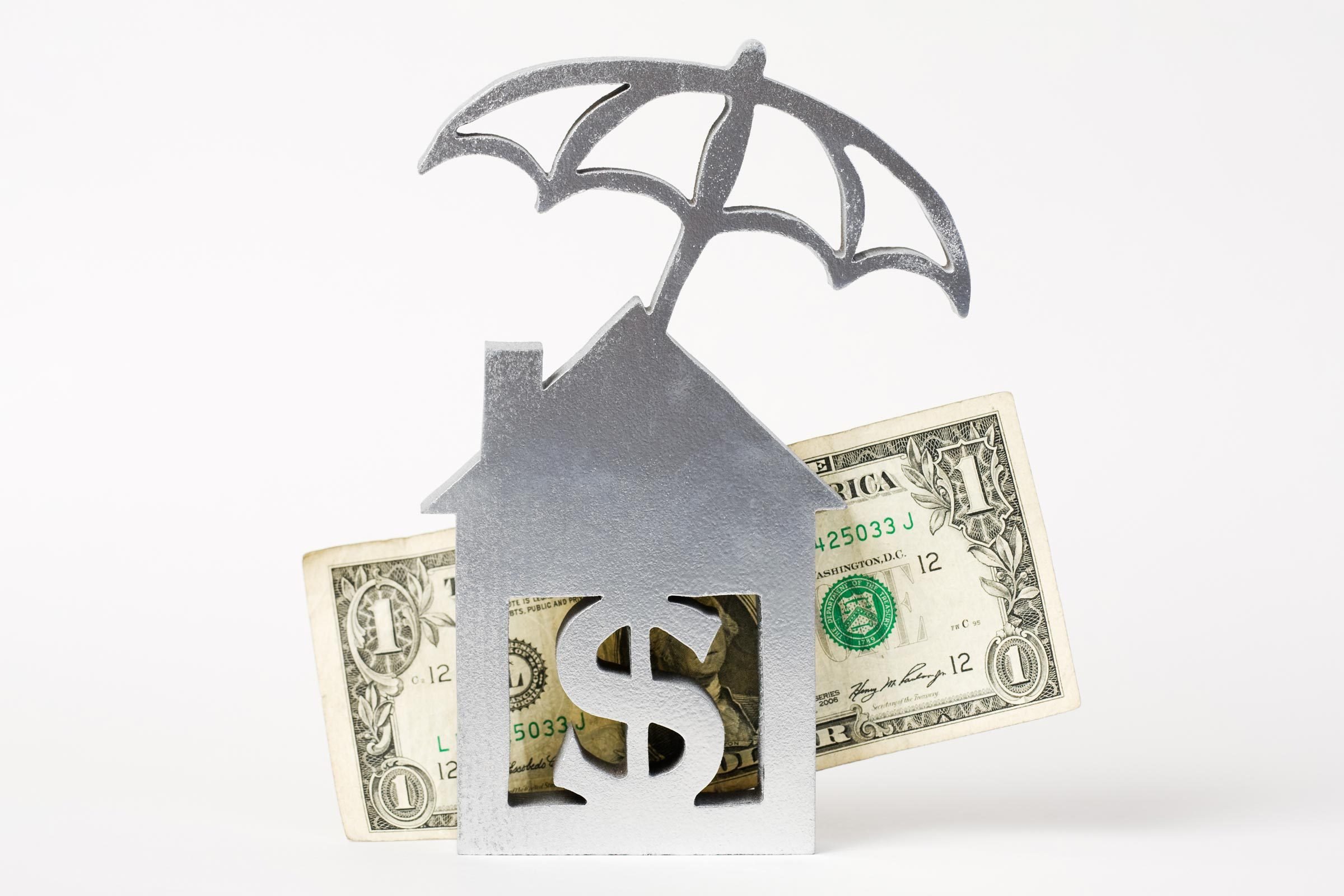Your homeowner's insurance rate largely depends on how disaster-prone your state is and how much it would cost to replace your property.

States With the Highest and Lowest Homeowner’s Insurance Rates

Homeowner’s insurance, like any preventative measures we take to protect our family health and property, is a necessary expense for those who own their own home.
If you’re a homeowner, you’ve probably noticed that your homeowner’s insurance rate has climbed consistently over the last several years. According to The Washington Post, since 2017 homeowner’s insurance rates have risen 11.4 percent, which is faster than the rate of inflation.
These increases are mostly based on two factors:
- Climate change: The greater frequency and severity of natural disasters raises the likelihood insurance companies will have to pay to repair or replace damaged property. The cost of that greater risk is passed on to homeowners.
- Supply chain issues: These pandemic-related problems have significantly increased the cost of construction materials, especially lumber. This shortage and price hikes increase the “cost to replace” — the amount the insurance company would have to pay out to rebuild your home. Those costs also get passed on to the homeowner.
Homeowner’s insurance rates vary by state depending on several factors, including the prevalence of natural disasters, the availability of building materials and the current housing market. Get to know the difference between landlord and homeowners insurance.
On This Page
Five States With the Highest Homeowner’s Insurance Rates
It’s clear that a lower cost of living overall doesn’t correlate to lower homeowner’s coverage. Of the top five states with the most costly annual rates, three rank among the top 10 cheapest states to live in.
#1 Highest Homeowner’s Insurance: Oklahoma
Oklahoma has one of the lowest costs of living of any state in the U.S., but it’s also smack in the middle of Tornado Alley, the twister-prone heart of the Plains states. The risk of devastating tornadoes, hail damage from violent storms and, increasingly, earthquakes, means Oklahomans pay an average of $3,482 a year for homeowner’s coverage.
#2 Highest Homeowner’s Insurance: Kansas
Oklahoma’s neighbor to the north, Kansas is also part of Tornado Alley — with the homeowner’s insurance prices to prove it. According to Bankrate, the Sunflower State is subject to major hail events, flooding and wind damage from tornadoes. Homeowners here pay an average of $3,288 per year for coverage.
#3 Highest Homeowner’s Insurance: Nebraska
Its below-the-national-average cost of living doesn’t have much impact on homeowner’s insurance rates in Nebraska, another state in Tornado Alley. Wind damage, flooding (including a devastating 2019 Mississippi River flood) and violent storms all keep the rates high. Nebraskans pay an average of $3,234 per year for homeowner’s coverage.
#4 Highest Homeowner’s Insurance: Arkansas
Arkansas has the third-lowest cost of living in the U.S., but don’t expect that to impact homeowner’s insurance rates, which average $2,291 per year. Its position in the lower Mississippi Valley makes it susceptible to all sorts of climatic events, including violent thunderstorms and hail, hurricanes that move up from the Gulf of Mexico, and even earthquakes. The state’s high crime rate also increases insurance costs.
#5 Highest Homeowner’s Insurance: Kentucky
Kentuckians pay an average of $2,174 per year for homeowner’s insurance, despite a cost of living that’s below the national average. Blame the lousy weather. Kentucky is subject to severe winter storms that bring freezing temperatures and ice damage; flooding when that ice and snow start to melt; and, in summer and fall, the remnants of Gulf Coast hurricanes.
Five States With the Lowest Homeowner’s Insurance Rates
Remember, it’s all about risk aversion. The five U.S. states with the lowest rates aren’t necessarily the cheapest places to live, but they’re among the least at risk of natural disaster.
#1 Lowest Homeowner’s Insurance: Hawaii
We admit, this one is a mystery. Hawaii is the most expensive U.S. state to live, with housing costs far above the national average. This is due in part to the scarcity of building materials, many of which must be imported. But the Aloha State’s safety from costly natural disasters like hurricanes and tornadoes helps keep homeowner’s insurance rates low — an average of just $383 per year!
#2 Lowest Homeowner’s Insurance: Vermont
The cost of living in Vermont is above the national average. But quality of life indicators are also high, including for education, natural environment and low crime rates. Geography contributes to that quality of life, which lowers homeowner’s insurance rates. Thanks to low risk for flooding, storm surge and hurricane damage, Vermonters pay $665 per year for their homeowner’s insurance policies.
#3 Lowest Homeowner’s Insurance: Utah
Utah’s cost of living is below the national average and its quality of life ranks fourth in the nation — a pretty good combo! It’s considered low-risk for damaging weather, with homeowner’s insurance policies averaging about $706 per year. Homeowners who live near seismic fault lines might need to purchase separate earthquake insurance, because that’s not covered by most policies sold in Utah.
#4 Lowest Homeowner’s Insurance: Delaware
Homeowners in Delaware pay an average of $732 per year for homeowner’s insurance. This is lower than the national average of $1,312 per year — and an anomaly given the state’s coastal location. Yet hurricanes rarely make direct hits on the Delmarva Peninsula, the mid-Atlantic land mass that includes Delaware, Maryland and a small part of Virginia.
#5 Lowest Homeowner’s Insurance: New Hampshire
You’ll pay an average of $739 per year for homeowner’s insurance in New Hampshire, which consistently ranks as one of the best U.S. states to live. Winter storms are common here that lead to burst pipes and roof collapses, and the Granite State does get hit by the occasional hurricane. Still, these events are rare enough to keep rates low. Plus, New Englanders know how to prep their homes for winter weather.




















